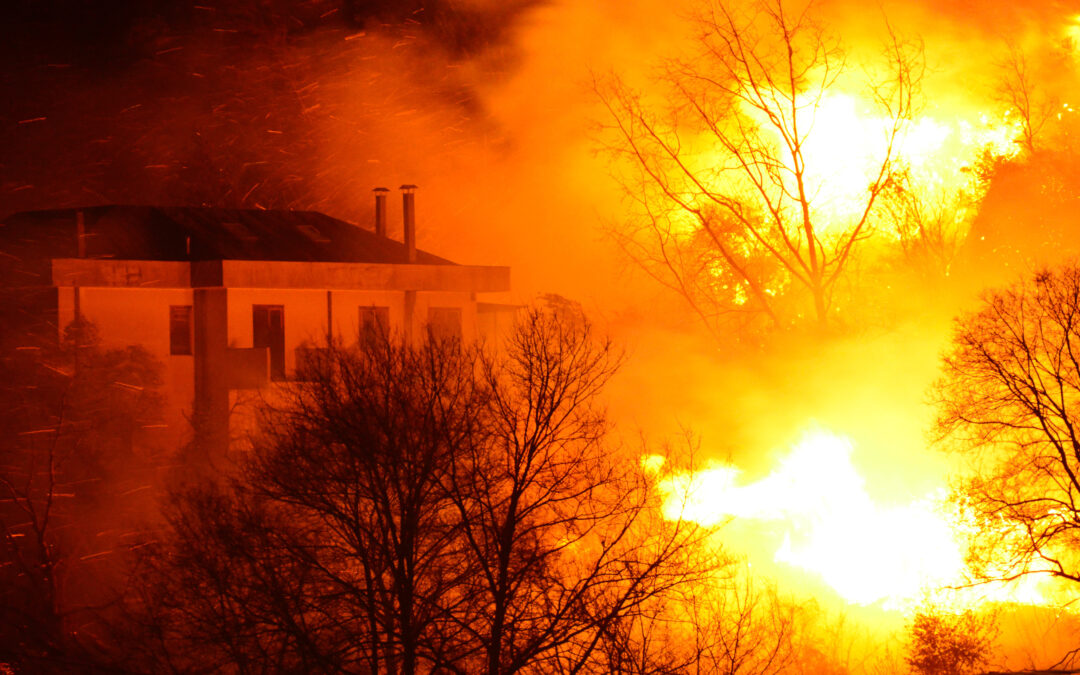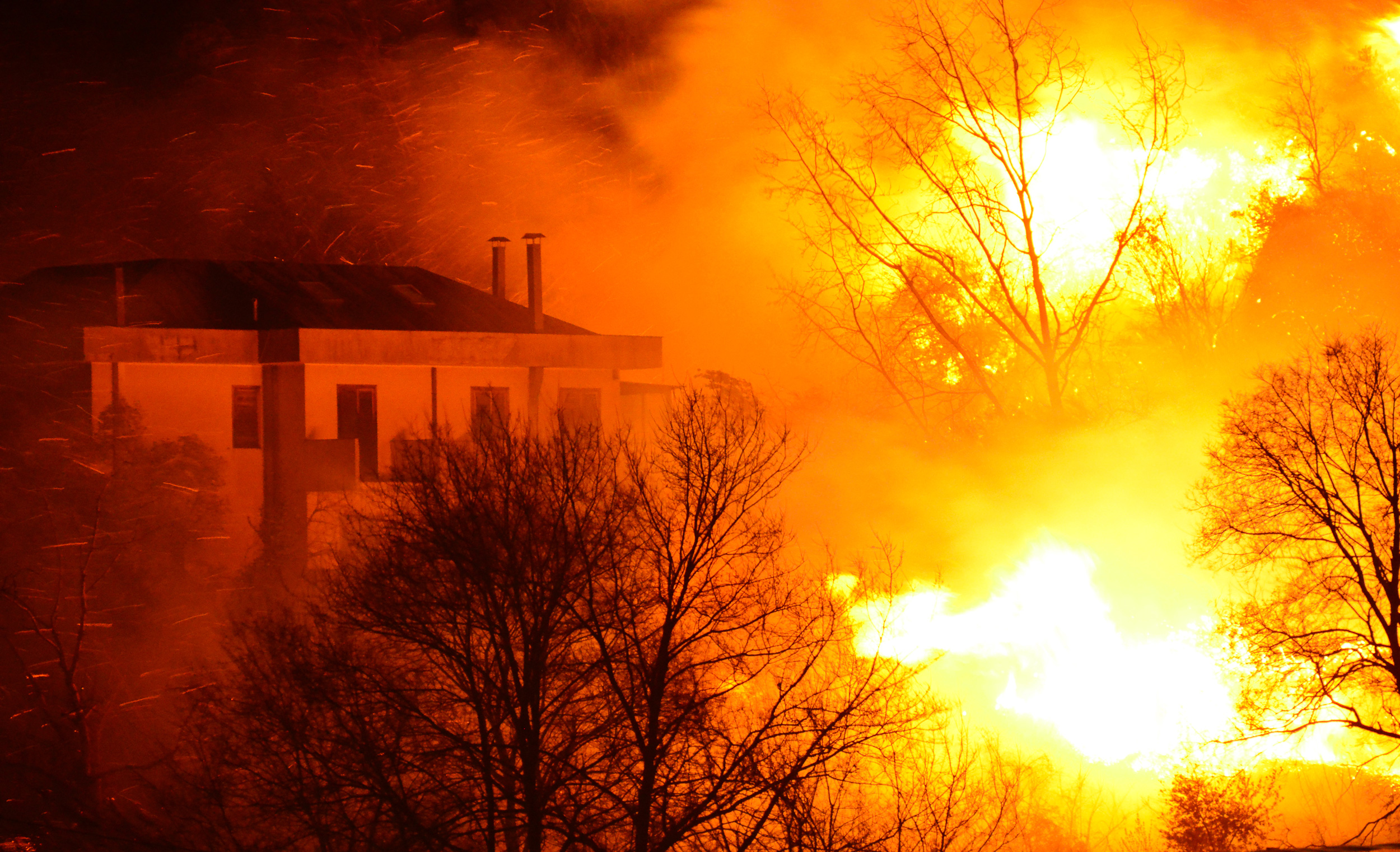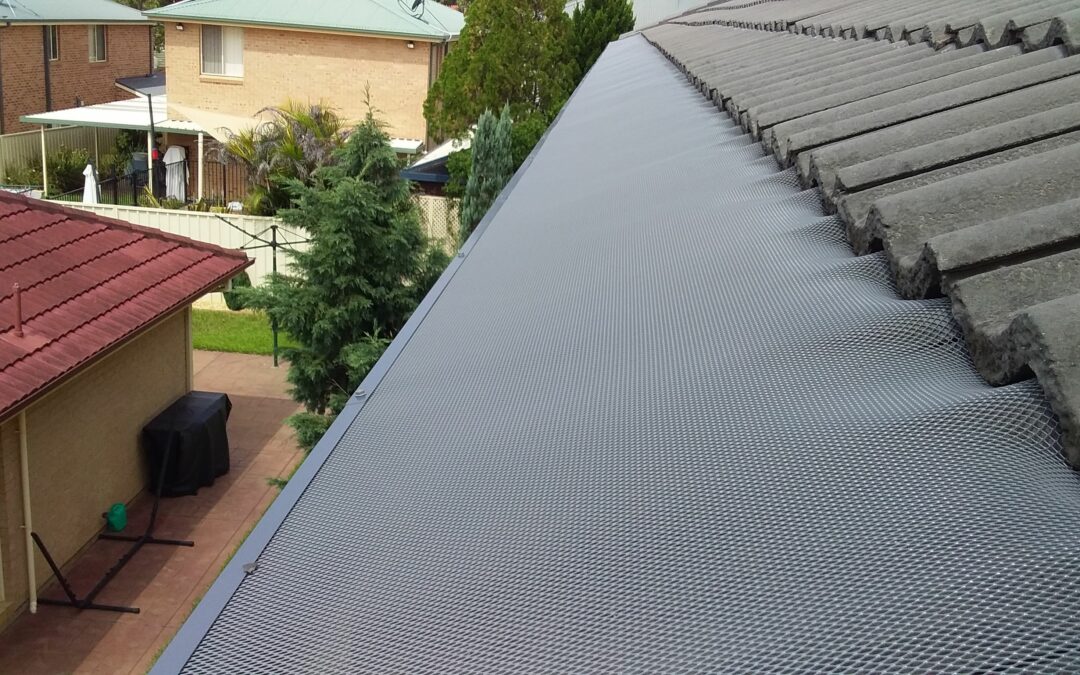
How To Protect Your House From An Ember Attack
How To Protect Your House From An Ember Attack

More than 85% of houses that become victims of bushfires do not directly come in contact with the fire but the embers that are windborne. This ember attack can burn your house down to debris, as it can not only set fire to other fuel sources near you but also cause an internal house fire due to the infiltration of embers through gaps that are as small as 3mm.
To prevent this, you need to be prepared for protection against an ember attack.
An Ember Attack
Ember attack is caused when there is flameless combustion. The burning remains of a fire scatter around outside or inside the house which then causes a fire. This debris can set alight various external sources, such as leaves in the gutters, or it can cause fire internally.
This is the reason why the Australian Standard (AS3959–2009) in construction that deals with bushfires have incorporated measures to handle ember attacks as well.
An Ember Guard
Ember guards are perforated or mesh sheets with a hole size/aperture of not more than 2mm. These sheets should be made from materials that are non-combustible to further qualify as ember guards. Your BAL (Bushfire Attack Level) tells you the level of risk you are at and the materials you should use. Gutter Guard King’s 2mm aluminum gutter mesh is a good option for an ember guard compliant mesh.
Gutter Guards
The problem at hand is that even though ember guards can help protect your house against ember attacks, they don’t really discuss the threat of external fires as a result of an ember attack. This is why an alternative at hand is using gutter guard-compliant gutter mesh. This not only prevents issues such as leaves clogging in the gutters but also decreases the number of sources through which external fires can ignite.
You are recommended to use an ember guard which complies with gutter mesh because it protects your gutters from embers and decreases the risk of external fires. You should use a gutter mesh that is non-combustible. This will ensure that it is a good pick for areas with a higher risk of bushfires.
Defense For Bushfire-Prone Areas
Even though no requirement guarantees that your house will withstand an ember attack, the mentioned measures do prepare your house for such an instance. The Australian Standard is applicable for new houses in bushfire-prone areas, but can also be used for old houses in such areas.



Recent Comments